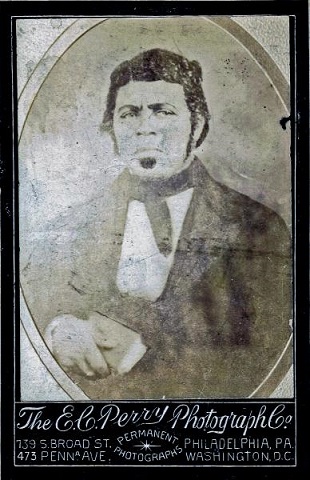First Lady Dolley Madison is often credited with saving the portrait of George Washington and other White House treasures when the British attacked the Capitol in 1814. But few accounts mention the help she received from one of her enslaved servants.
"Save that picture." Dolley Madison to White House servant Paul Jennings

James Madison’s Montpelier
On August 17, 1814, 4000 British troops began landing in Maryland. In nearby Washington, President Madison, fearing for the security of the capital, but with no regular troops at hand, called out the militia.
As thousands of Washingtonians packed their belongings and left town, First Lady Dolley Madison resolved to stay with her husband and, if necessary, oversee the evacuation of the White House.
By midday on Wednesday, August 24, 1814, British troops marching from Bladensburg stood poised to attack Washington. Convinced by friends that it was time to flee, the First Lady pointed to Gilbert Stuart’s full-length portrait of President George Washington. “Save that picture, if possible,” she instructed Paul Jennings, a 15-year-old enslaved African-American. “If not possible, destroy it: under no circumstance allow it to fall into the hands of the British.”
Madison initially ordered Jennings to help remove the entire portrait, frame and all, from the White House wall. But with the British approaching and time running short, she ordered Jennings to break the frame apart so the canvas could be removed with a knife. Two friends of the Madison family then carted the portrait away, storing it in a farmhouse outside Washington for safekeeping.
After the repair of the White House from fire damage, Washington’s portrait returned to the executive mansion. It is the only item currently on display that was present when the White House opened in 1800.
After gaining his freedom, Jennings went on to publish his White House memoirs in 1865. The book, A Colored Man's Reminiscences of James Madison, included a recounting of his frenzied escape from the White House in 1814.
In 2009, Jennings’ descendants received an invitation to visit the White House, where they were treated to a viewing of the same portrait that their enslaved ancestor helped save in 1814.
Last updated: August 15, 2017
